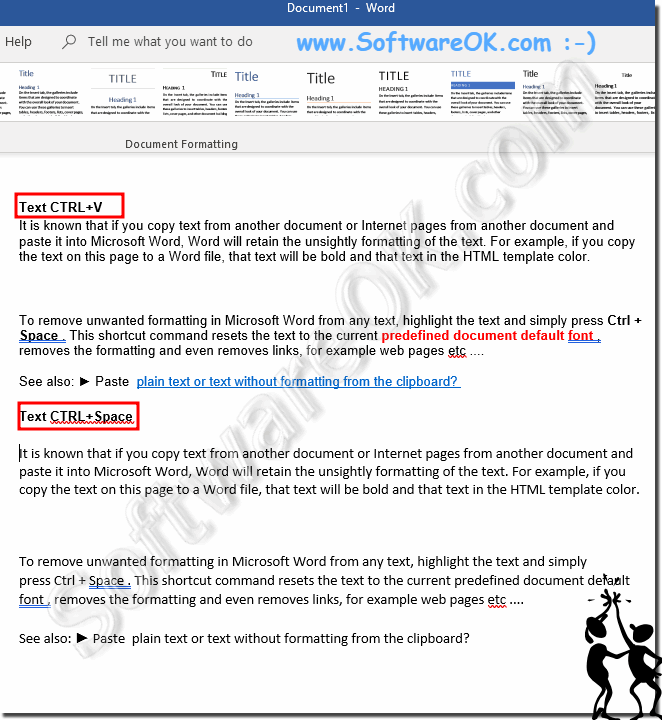

Our language can also exclude many other groups of workers. Consider that a board chair is typically identified as a chairman when “chair” would suffice, and that people often make unnecessary distinctions such as “lady boss” instead of just “manager” or “boss.” For example, gender-biased terms that favor male involvement and symbolize male dominance are common in the workplace, despite the availability of gender-neutral alternatives. Many groups are harmed by exclusionary language. To create a truly inclusive culture, it’s critical that you take a hard look at how people in all areas of your company are using language. Yet the modern-day professional vocabulary is still littered with exclusionary terms. Words matter, and many bygone words and phrases seem antiquated and even shocking today.

We’ve all become increasingly aware of the importance of language in creating inclusive and equitable work cultures. Finally, choose ambassadors who are highly visible in the company to support your inclusive language initiatives. Third, pair internal company guidance that includes practical, accessible tips that can be put into immediate action (for example, an inclusive vocabulary reference guide) with straightforward tools, such as the “inclusive language” feature available in Microsoft Office, which suggests neutral alternatives to biased language used in professional communications. Second, create a list of words that are forbidden in product development. First, make sure your recruiters and hiring managers slow down and pay attention to the language they use when drafting job postings, with an eye toward removing non-neutral terms. The authors present four ways you as leader can encourage the use of inclusive language in your company. Using exclusionary language isn’t just about offending others research has made its harmful effects clear.


 0 kommentar(er)
0 kommentar(er)
